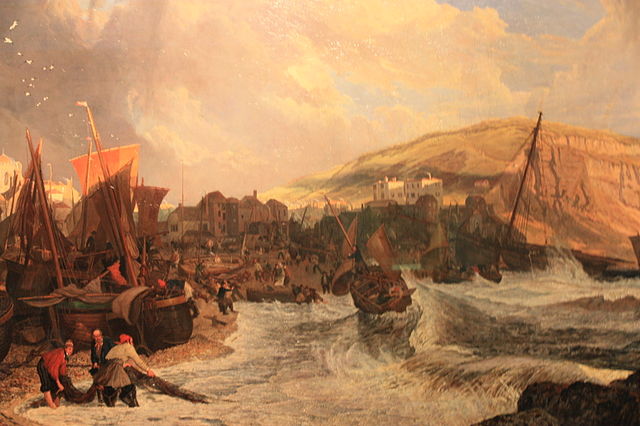Ore is a large suburb of the urban area of Hastings, in the Hastings district, in the county of East Sussex, England. Formerly a village, it is still known and advertised locally as "Ore Village". It is located 1.3 miles (2.1 km) to the north-east of Hastings town centre, on the main A259 road to Rye. Its name may have originated from the Old English word for "stream-bank". The Ore Stream still runs through a large central Woodland area known locally as Speckled Wood at the top of the Valley.
It is the largest suburb of Hastings.
High Street
Hastings is a seaside town and borough in East Sussex on the south coast of England,
24 mi (39 km) east of Lewes and 53 mi (85 km) south east of London. The town gives its name to the Battle of Hastings, which took place 8 mi (13 km) to the north-west at Senlac Hill in 1066. It later became one of the medieval Cinque Ports. In the 19th century, it was a popular seaside resort, as the railway allowed tourists and visitors to reach the town. Today, Hastings is a fishing port with the UK's largest beach-based fishing fleet. It has an estimated population of 91,100 as of 2021.
View of Hastings Old Town from the East Hill
Hastings- Boats making the Shore in a Breeze, by John James Chalon, 1819
Duke William of Normandy (right) lances King Harold II of England at the Battle of Hastings. 14th-century manuscript in the British Library, London.
The Fish Market at Hastings Beach, Turner (1810)





